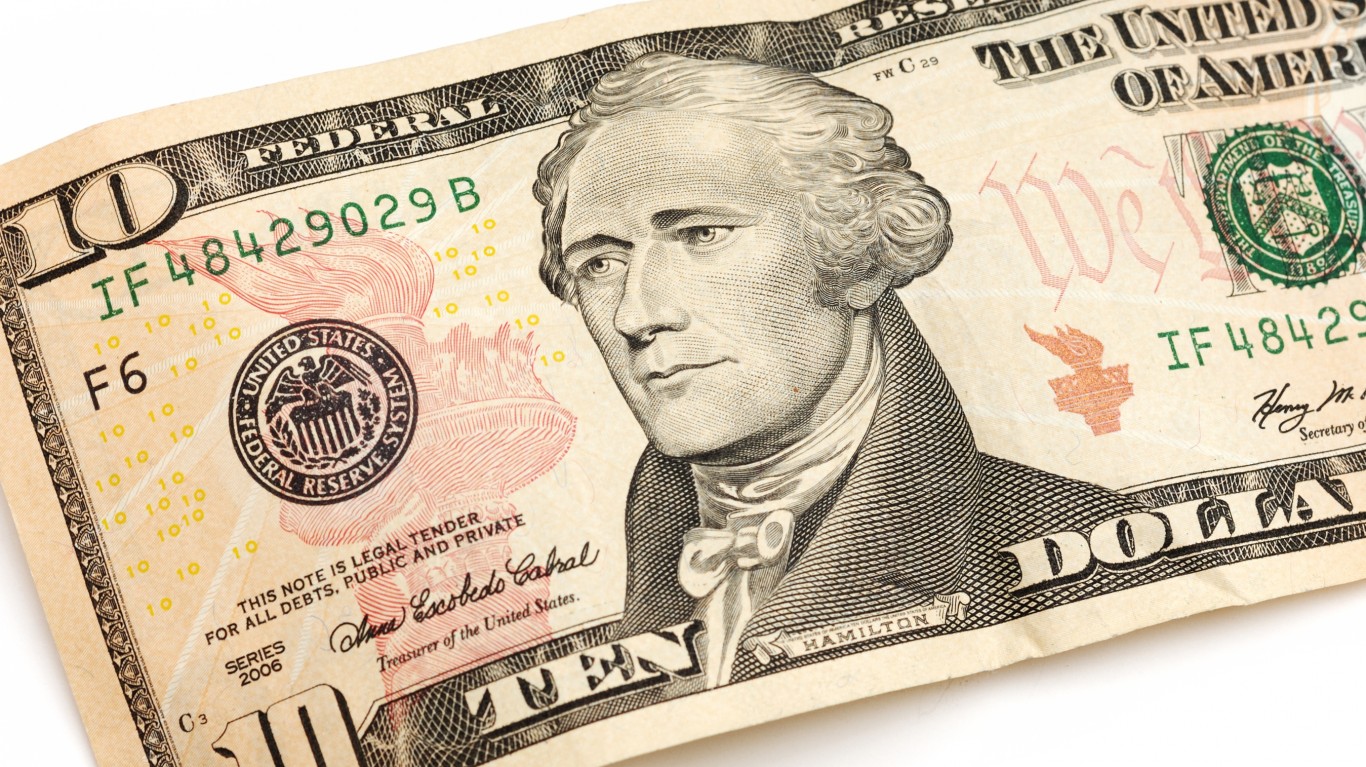

The “buy the dip” financial news teleprompter readers and the 30-year-old portfolio managers who have never seen a market crash are suddenly very silent and cannot be found. Market veterans and “hey boomer” professionals have seen this show before. Back in 1987, the Dow Jones industrial average plunged a stunning 22% in one day. The equivalent today would be a drop on the venerable index of almost 7,300 points.
[in-text-ad]
During the period from 1929 to 1932, the stock market plummeted a stunning 83%, and many people lost everything. That debacle caused the Great Depression, which really only ended when the United States entered World War II in 1941. In the years from 2007 to 2009, during the height of the mortgage and real estate collapse, one that brought us dangerously close to another depression, the market dropped 57%. When stocks finally bottomed at an ominous intraday low of 666 on the S&P 500 on March 9, 2009, we put in the floor for the longest bull market in history. That bull market ended in January of 2022.
So where do we stand now? Very possibly on the precipice of a much larger decline than we saw last year, if the debt ceiling negotiations are not concluded successfully in November, after yet another instance of kicking the can down the road last weekend. With the potential for at least one more rate hike coming, and numerous Federal Reserve presidents saying that “higher for longer” is a highly likely scenario for next year, the bill is coming due, and it is expensive.
One positive is that, for the most part, consumers and businesses are in reasonably good financial shape. Stock portfolios and home prices have increased dramatically over the past few years, and the financial system is not teetering on the abyss as it was globally in 2008 when Bear Stearns and Lehman Brothers collapsed and Merrill Lynch had to be bought by Bank of America to avoid a similar fate.
Thank you for reading! Have some feedback for us?
Contact the 24/7 Wall St. editorial team.
 24/7 Wall St.
24/7 Wall St.


